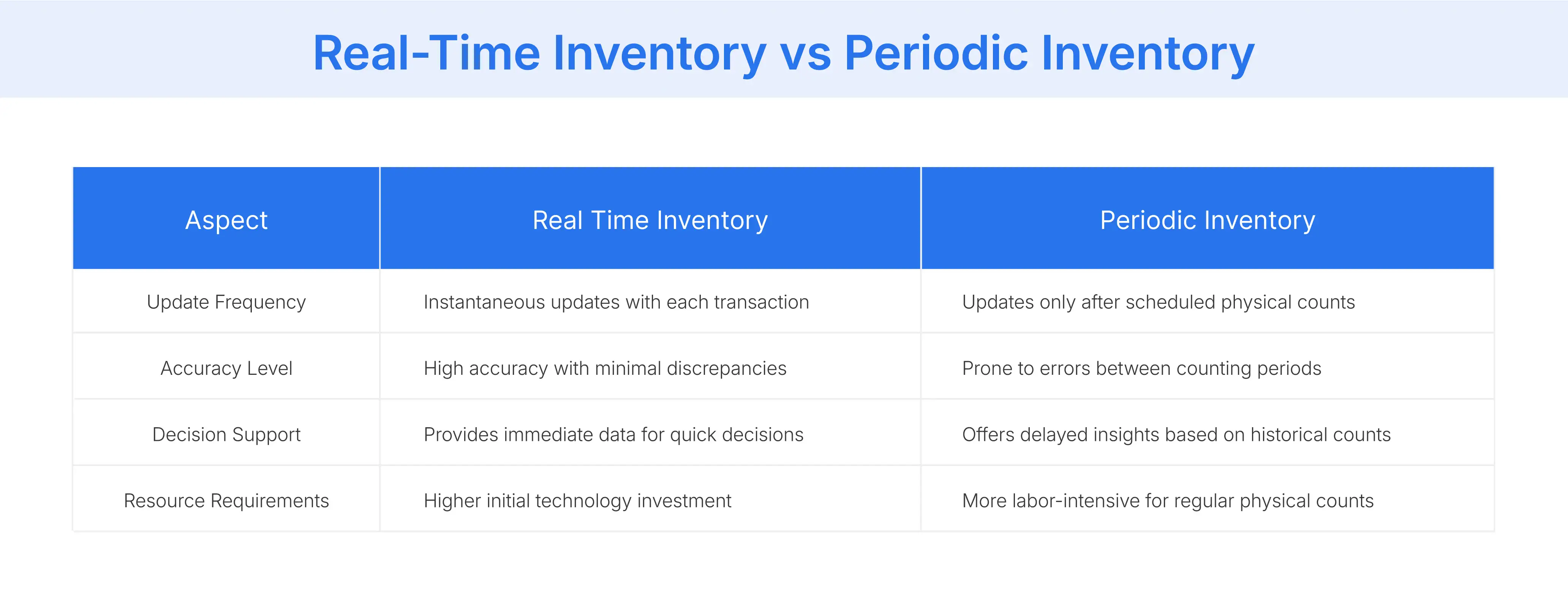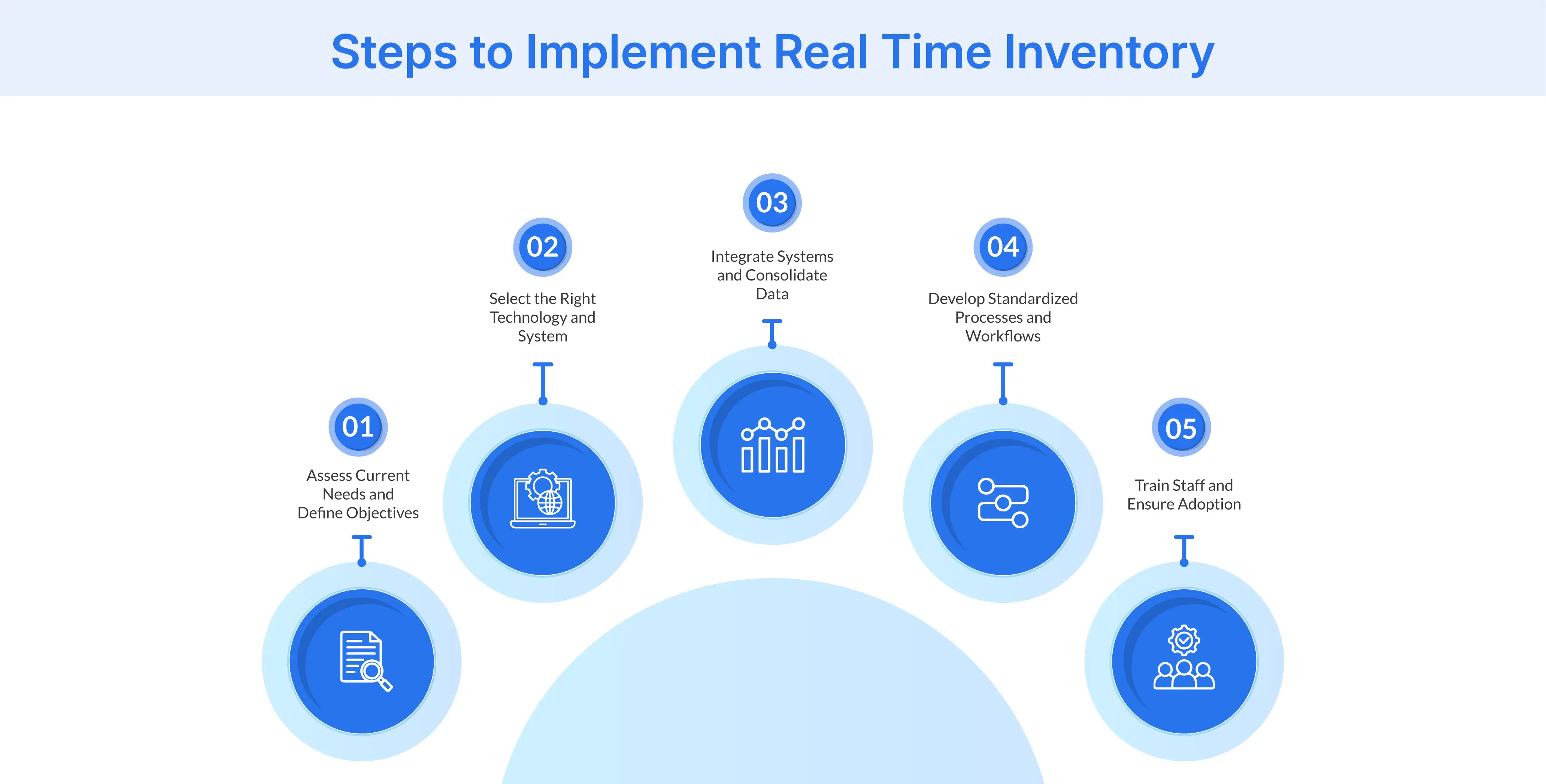Table of Contents
- What is Customer Attrition?
- Why is Customer Attrition an Important Metric?
- What is an Example of Customer Attrition?
- How to Calculate Customer Attrition Rate
- How Does Customer Retention Compare to Customer Attrition?
- What Are the Causes of Customer Attrition?
- How to Reduce Customer Attrition in E-commerce?
- Conclusion
What is Customer Attrition?
Customer attrition defines the phenomenon where existing online shoppers discontinue their relationship with your e-commerce store. This means they stop making purchases, returning to your website, or engaging with your brand over a given period of time. It represents a direct loss of potential revenue and future online sales.
Understanding customer attrition is vital for e-commerce sustainability and scaling your online business. A high rate of customer attrition can signal underlying issues with your product offerings, website experience, or post-purchase support. It significantly impacts your profitability and growth prospects in the competitive online marketplace.
E-commerce businesses measure customer attrition through various indicators. They track declining purchase frequency, absence of repeat orders, or removal of items from wish lists or abandoned carts. It is a key performance indicator (KPI) for online retailers.
Monitoring this metric allows e-commerce companies to identify trends and intervene proactively. Addressing customer attrition helps maintain a strong, loyal customer base and ensures long-term viability. It is a critical indicator of customer success and loyalty in e-commerce.
Why is Customer Attrition an Important Metric?
Customer attrition serves as an early warning system for e-commerce businesses, highlighting potential issues before they significantly impact your bottom line. Here is why it is a crucial metric for e-commerce businesses:
- Customer attrition directly affects your revenue growth, as each lost customer represents future sales that won’t materialize in your e-commerce store.
- High customer churn rates often reveal underlying problems with your product quality, or customer service that need immediate attention.
- Understanding why customers leave helps you identify specific gaps in your e-commerce offerings and develop targeted improvements to address these weaknesses.
- Customer attrition analysis provides valuable insights into changing market trends and evolving customer preferences in the online retail space.
- Reducing customer attrition is more cost-effective than acquiring new customers, with studies showing acquisition costs five times higher than retention.
What is an Example of Customer Attrition
Consider an e-commerce scenario where a customer frequently purchases activewear from your online store. Initially, they bought new collections monthly, becoming a loyal patron. Over time, their purchase frequency noticeably declines, and eventually, they stop visiting your site.
You observe they begin purchasing similar products from a competitor’s online store. This shift illustrates customer attrition, as the customer has ceased doing business with your e-commerce brand, opting for an alternative.
How to Calculate Customer Attrition Rate
To calculate your e-commerce store’s customer attrition rate, use this formula:
(Customers Lost During Period / Total Number of Customers at Start of Period) × 100
For example, if your online store had 500 active customers at the beginning of the quarter and lost 50 by the end, your attrition rate would be (50 ÷ 500) × 100 = 10%.
E-commerce businesses should measure customer attrition on a monthly basis to identify immediate issues and quarterly to spot longer-term trends. Monthly tracking allows for quick responses to sudden increases in customer departures, while quarterly analysis provides better visibility into seasonal patterns and the effectiveness of retention strategies.
When calculating customer attrition, be sure to clearly define what constitutes an 'active' versus 'lost' customer based on your specific business model and purchase cycles.
How Does Customer Retention Compare to Customer Attrition?
Customer retention and customer attrition represent opposite sides of the same customer relationship coin, with retention focusing on keeping shoppers active while attrition measures those who leave.
Understanding both metrics gives e-commerce businesses a complete picture of customer behavior patterns and lifecycle management effectiveness, enabling more targeted intervention strategies at critical decision points.

What Are the Causes of Customer Attrition?
Here are the key causes of customer attrition in e-commerce:
Poor Customer Service
Slow response times and unhelpful support representatives drive customers to competitors who prioritize service quality. Unanswered emails, difficult-to-reach support teams, and agents lacking product knowledge create frustration that permanently damages brand perception. Even one negative support interaction can trigger a customer’s decision to leave.
Product or Service Failure
Products that arrive damaged, don’t match website descriptions, or fail to meet quality standards quickly erode customer trust. Consistently late shipments and items that don’t function as advertised create lasting negative impressions. These disappointments make customers resistant to future marketing efforts despite promotional incentives.
Inconsistency
Pricing discrepancies between your mobile app and website, conflicting information from different support representatives, and unpredictable shipping timeframes create customer uncertainty. These inconsistent experiences across touchpoints make shoppers feel they can’t rely on your business, pushing them toward more dependable competitors.
Eroding Brand Loyalty
Competitors with lower prices, better features, or more convenient services easily attract customers away from complacent e-commerce brands. Market disruptors offering innovative shopping experiences quickly capture market share. Failing to evolve your offerings leaves your customer base vulnerable to businesses that better understand evolving shopper needs.
How to Reduce Customer Attrition in E-commerce?
E-commerce businesses can implement the following strategies to minimize customer attrition:
Re-engage Lapsing Shoppers
Identify online shoppers showing signs of disengagement, such as declining purchase frequency, abandoned carts, or low website activity. Implement targeted intervention strategies through personalized offers, timely reminders, or exclusive outreach. Proactively engaging them before they completely stop buying is crucial to combat customer attrition effectively.
Enhance the First Purchase Experience
Enhance the initial customer journey, from intuitive navigation and product discovery to a seamless checkout process. Ensure timely delivery and clear post-purchase communication. This establishes stronger customer relationships and significantly reduces early-stage customer attrition after their very first order, building trust immediately.
Optimize Product Assortment and Website Experience
Continuously improve your product catalog based on comprehensive customer feedback and sales data. This ensures your offerings remain highly relevant and valuable, aligning with current customer demand. Additionally, optimize the website for intuitive Browse, personalized recommendations, and a frictionless user journey, which actively prevents customer attrition.
Improve Post-Purchase Support & Returns
Detail how enhancing customer support systems with quick responses to inquiries and efficient resolution processes builds confidence. A hassle-free returns policy further strengthens trust. This significantly impacts customer satisfaction and reduces churn rates, proving crucial in preventing customer attrition by fostering positive experiences.
Cultivate Customer Loyalty & Community
Explore how proactive communication strategies, regular engagement through targeted newsletters, and active social media presence strengthen customer relationships. Develop compelling loyalty programs with personalized product recommendations and exclusive discounts. Fostering a sense of community around your brand effectively prevents customer attrition by boosting engagement.

Conclusion
Customer attrition remains a critical metric for e-commerce businesses. Understanding its causes and impact is essential for sustainable growth. By proactively addressing factors like poor service or product issues, companies can significantly reduce customer loss.
Implementing strategies that enhance customer experience, optimize product offerings, and build loyalty empowers retailers to manage attrition effectively. This ensures a healthier customer base and improved profitability in the competitive online landscape.
FAQ
Customer attrition and customer churn essentially refer to the same concept: the loss of customers over a period. While often used interchangeably, 'attrition' can sometimes imply a more gradual decline, whereas 'churn' often refers to a more definitive cessation of business. Both indicate customers stopping their engagement.
Customer attrition has a direct impact on business profitability, as it reduces revenue streams by losing customers. It also increases customer acquisition costs, as businesses must spend more to replace those who leave. High attrition rates drain resources, hindering growth and eroding overall financial health for e-commerce operations.
E-commerce businesses should measure their customer attrition rate regularly to monitor performance. Typically, this is done monthly or quarterly to identify trends and shifts in customer behavior. Consistent measurement enables timely intervention and strategic adjustments to combat customer attrition effectively.

